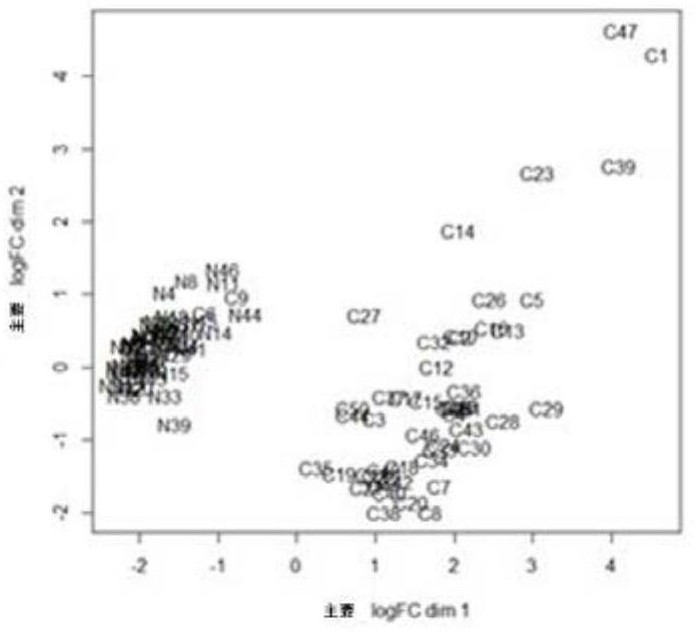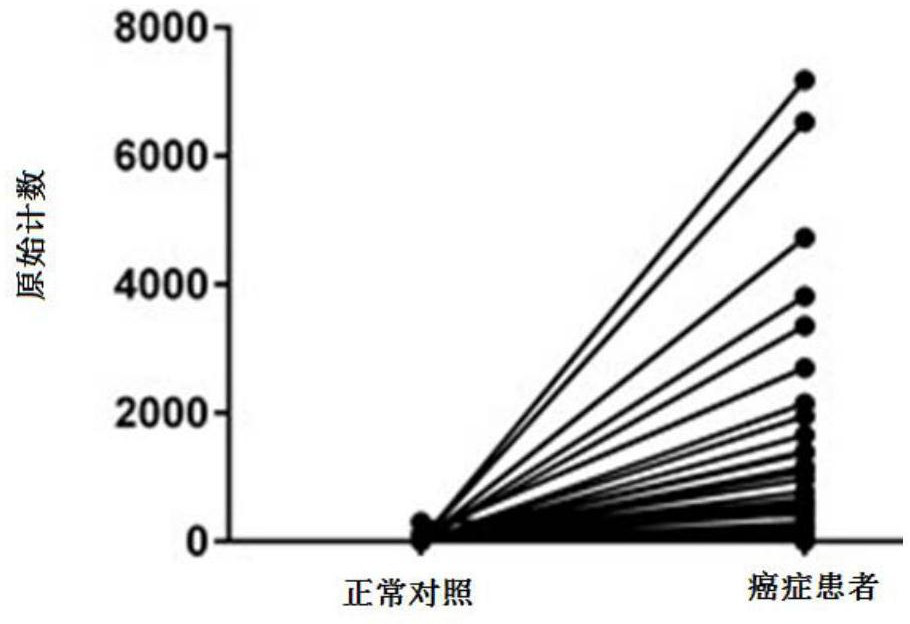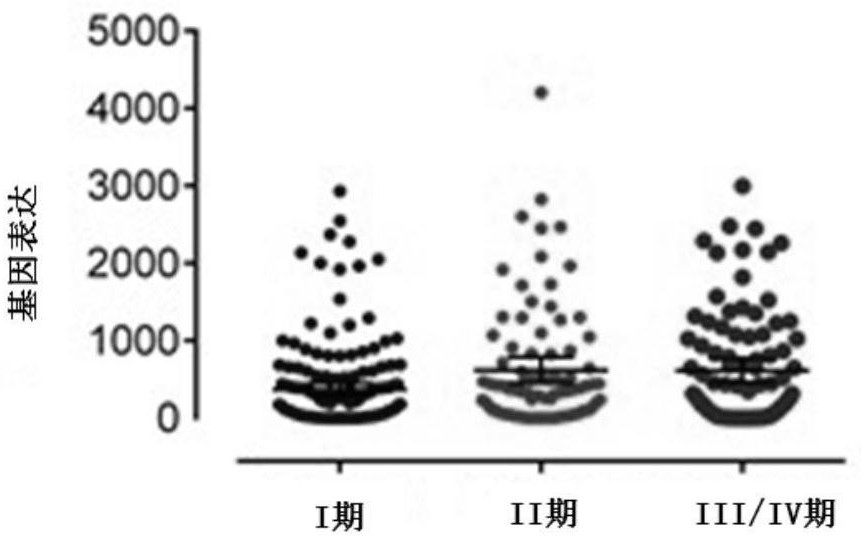Application of epidermal growth factor receptor kinase substrate 8-type protein 3 to enhancement of curative effect of multi-target kinase inhibitor
A technology of epidermal growth factor and receptor kinase, which is applied in the medical field and can solve problems such as limited use and prolonged median survival time
- Summary
- Abstract
- Description
- Claims
- Application Information
AI Technical Summary
Problems solved by technology
Method used
Image
Examples
Embodiment 1
[0092] Example 1. EPS8L3 is up-regulated in HCC patients and is associated with poor prognosis
[0093] The TCGA database (The Cancer Genome Atlas, TCGA) provides valuable and rich genome and transcriptome analysis data based on human tumors (Tomczak et al., 2015). In order to determine the genes related to HCC, the inventors used the hepatocellular carcinoma RNA data information in the TCGA database to compare the gene expression of the tumor and the corresponding normal tissues adjacent to the tumor.
[0094] Based on transcriptomics, analyze the biological coefficients of the respective variables ( Figure 1A ), suggesting the role of oncogenes in the process of tumor transformation. Subsequently, the inventors compared gene expression in tumor tissues and normal tissues, assuming that the up-regulated genes in HCC specimens are related to tumor formation. EPS8L3 is one of the most up-regulated genes, and the expression in tumor tissues is 60% of that in normal tissues. Times ( ...
Embodiment 2
[0096] Example 2. EPS8L3 affects signal pathways related to cell proliferation
[0097] In order to better understand the molecular mechanism of EPS8L3, the present inventors used shRNA to knock down EPS8L3 in liver cancer cells for unbiased transcriptomics analysis. The RNA expression of EPS8L3 in four liver cancer cells was detected by qRT-PCR ( Figure 2A ) Found that the ΔCt values of BEL-7404 (from liver cancer tissue from Chinese population) and HepG2 (from liver cancer tissue from white men) were lower than BEL-7402 and SMMC-7721 (from liver cancer tissue from Chinese population), namely BEL-7404 and HepG2 EPS8L3RNA The expression level is high.
[0098] After knocking down EPS8L3 in BEL-7404 and HepG2 cells with shRNA, the RNA and protein expression of EPS8L3 were reduced ( Figure 2B to Figure 2D ).
[0099] Microarray sequencing was performed on BEL-7404 and HepG2 cells with high EPS8L3 expression. PCA dot graph is visible ( Figure 2E ), knocking down EPS8L3 has an eff...
Embodiment 3
[0100] Example 3. Inhibiting cell proliferation and mediating cell apoptosis by inhibiting EPS8L3
[0101] Celigo cell imaging and MTT method were used to detect the proliferation ability of BEL-7404 and HepG2 cells (high expression of EPS8L3) after EPS8L3 knockdown. The results showed that the proliferation of HCC cells was significantly inhibited after EPS8L3 knockdown ( Figure 3A to Figure 3D , Figure 3E , Figure 3F ). The proportion of liver cancer cells with different cell cycles after EPS8L3 knockdown was sorted by flow cytometry analysis. In the two cell lines, knocking down EPS8L3 significantly increased the proportion of cells in G1 phase and decreased the proportion of cells in S phase ( Figure 3G to Figure 3I ). Since the cells in the G1 phase do not directly enter cell division, they may also enter the quiescent G0 phase. The increase of cells in the G1 phase is not conducive to cell proliferation. The S-phase DNA replication is fully prepared for the upcoming ce...
PUM
 Login to View More
Login to View More Abstract
Description
Claims
Application Information
 Login to View More
Login to View More - R&D
- Intellectual Property
- Life Sciences
- Materials
- Tech Scout
- Unparalleled Data Quality
- Higher Quality Content
- 60% Fewer Hallucinations
Browse by: Latest US Patents, China's latest patents, Technical Efficacy Thesaurus, Application Domain, Technology Topic, Popular Technical Reports.
© 2025 PatSnap. All rights reserved.Legal|Privacy policy|Modern Slavery Act Transparency Statement|Sitemap|About US| Contact US: help@patsnap.com



